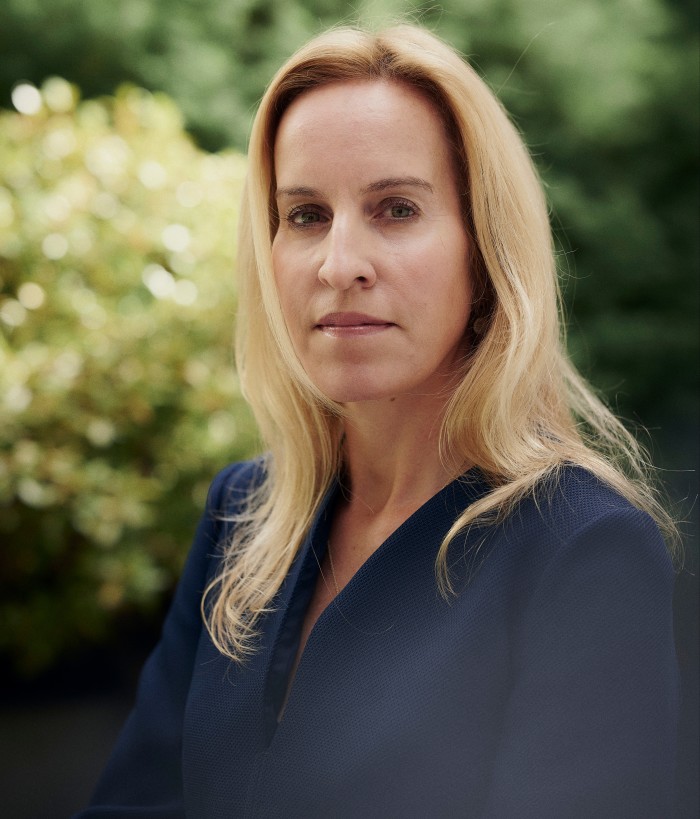Masters in management school alliances offer a degree of difference

Roula Khalaf, Editor of the FT, selects her favourite stories in this weekly newsletter.
When Rebeca Ehrnrooth wanted international experience to supplement the management training she was offered at the Stockholm School of Economics in her native Sweden, she joined an innovative programme offering the chance to continue her studies at Erasmus University in Rotterdam.
She became part of the Global Alliance in Management Education (Cems) — formerly the Community of European Management Schools — a pioneer in a growing trend of partnerships between business schools to enrich students’ experience. It offers training at its different business schools, and the work placements on offer and network of graduates remain powerful attractions for those who compete to attend its “masters within a masters” — an approach that other alliances have since sought to emulate.
Two decades later, Ehrnrooth works for a sustainable investment fund in London, and oversees the alumni network she joined that continues to support her and her peers. “Wherever you go, you can always find a good network, both professional and social. It’s very open,” she says. “If I see a CV with a Cems student on it, of course I will always try to help out.”
Cems began as a partnership of four business schools forged in 1988, comprising Bocconi in Milan, HEC Paris, Esade in Barcelona and the University of Cologne. It has since grown to embrace 33 business schools around the world, now formally linked to more than 50 companies. The 1,300 students admitted each year study a common curriculum at a minimum of two business schools in the network, supplemented by an internship at a member company. They are also required to complete a consultancy project.
Roland Siegers, Cems’ executive director, says: “Our students are easily recognisable — they are the most devoted, interested and often most capable. Their careers are accelerated because companies assign them much more quickly to international roles. They are trialled, tested and promoted more quickly.”
But Cems is no longer alone. Since its creation in 2012, Quantitative Techniques for Economics and Management (Qtem), which now includes 24 business schools and more than a dozen corporate partners, has offered talented students training split between its different locations alongside a focus on developing analytical and quantitative techniques. Other schools are increasingly linking up to offer joint qualifications or experiences that extend beyond their own campuses and national borders.
Help us redesign our rankings
We are seeking help from prospective business students as we develop new digital tools and content to assist readers make the best educational choices.
If you are willing to take part in our research, please complete this survey, which should only take 10 minutes.
Many of the business schools which are part of these different networks are listed standalone in the FT’s annual Masters in Management ranking. This year, some of the outcomes for that sub-set of students and alumni on Cems and Qtem programmes, the two largest and most established such alliances, are also analysed in a standalone table (below) for the first time.
Drawing on surveys with alumni, the FT assessment indicates that Cems and Qtem both offer considerable benefits over other MiM courses. Graduates of Cems do best, earning significantly more three years after completing their studies than their counterparts: a salary of $83,249 on average compared with $76,116 for Qtem participants and $69,592 for all MiM graduates. Cems alumni also rate marginally higher than others in their assessment of how far they achieved their aims during their courses.
Cems cohorts show a strong gender balance, with women comprising half of their most recent intake, compared with 47 per cent overall for MiM students and 46 per cent for those participating in Qtem. The schools they attend are also run by board directors from a far more international background.
The higher salaries for Cems graduates may not be surprising, given that they represent a selective group at some of the more highly competitive schools which already perform strongly overall.
Siegers says those selected for Cems need foundational courses in economics, the ability to work in at least one language other than English, a strong academic performance and personalities that demonstrate curiosity, openness to embracing different cultures and leadership potential. Those on Qtem also compete for entry, adding to the level of competition beyond the standards needed for entry into their individual business schools.
Of course, the bigger and more complex such alliances become, the greater the variations that exist in the nature of the experiences they have. Siegers stresses that Cems makes great efforts to harmonise the nature of teaching and experience between participating schools, and that participants will not always receive their top request for the second school in which they chose to study.
How far participation in the alliances itself drives the difference to the salary outcomes, rather than the underlying quality of the students choosing to participate, is a moot point. At the very least, the growth in business school alliances enriches the variety of experiences available.
Comments